Resources FILTERED
Indiana Tiered System of Supports Toolkit Facilitation Guide
The guide includes a detailed course overview and practical planning tools to help school teams effectively organize, implement, and engage with the...
Overview of High Quality Instruction & Tiered System of Supports Model for Mathematics (Two-Pager)
This two-pager provides a high level overview of Indiana's high-quality instruction and tiered system of supports model for mathematics.
Special Education Toolkit
The Indiana Department of Education’s (IDOE’s) Special Education Program Evaluation Toolkit is designed to support local educational agencies...
K-6: Implementing MTSS to Improve Student Outcomes
This training will focus on defining and identifying critical components of effective Multi-Tiered Systems of Support (MTSS) design and...
It’s not you, it’s your system: Aligning a Multi-tiered System of Support for All Readers
The Reading League of Indiana Science of Reading Experts Explain Series featuring Genevieve Thomas.ResourcesPresentation SlidesIt's not you, it's...
Indiana Tiered System of Supports Toolkit for Mathematics Courses
The IDOE Tiered System of Supports Toolkit for Mathematics courses are asynchronous learning opportunities designed to provide educators with...
Guidance Documents for ELA Academic Standards
Join us as ELA content specialists from IDOE walk through a collection of guidance documents that have been developed to provide clarity for the...
Essentials of MTSS
IDOE-developed guidance to support MTSS in K-12 education.
Supporting SWDs Experiencing Homelessness
Many students who have disabilities and are experiencing homelessness face additional challenges for educational progress and require close...
Tech for All: Exploring Alternative Computer Access Solutions
This presentation explores alternative input and output devices for students with physical or neurological disabilities. It discusses options such as...
Developing IEPs for English Learners with Disabilities
In this session, participants will gain a deeper understanding of the unique needs and challenges faced by English learners with disabilities....
IREAD-3 Test Blueprint
Blueprints serve as a foundational resource in the assessment development process. They identify the point values and relative weight of each of the...
Experts Explain: Introduction of Evidence-Aligned Writing Instruction
This presentation will present five principles for teaching writing that were based on close to 900 studies conducted with kindergarten to grade 12...
CSEdWeek
CSEdWeek is an annual call to action to inspire K-12 students to learn computer science, advocate for equity in computer science education, and...
Three Halloween Escape Room Activities
Are you in search of a few fun Halloween-themed activities to use with your learners? Students can work together or on their own to escape! Check out...
Spooktacular Ways to Reach All Learners with Accessible Design
Inaccessible learning materials are scary-but making content accessible doesn't have to be! In this session, we will explore practical tips, tools,...
Build a Jack-O-Lantern with Slides and Mote
If you're looking for a spooky way to let your students be creative, improve their writing, and brush up on some tech skills, you've got to check out...
ATLAS Equipment Lending Library
The ATLAS Equipment Lending Library is a free service for Indiana public school personnel, offering short-term loans of assistive technology devices,...
ATLAS Assistive Technology Center
The ATLAS website, a collaboration between Easterseals Crossroads and the Indiana Department of Education, serves as Indiana’s Assistive Technology...
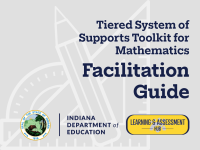
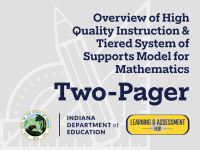



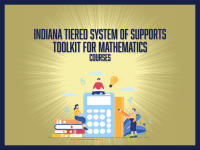
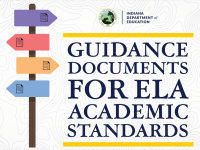
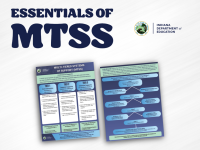

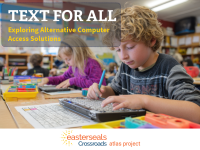
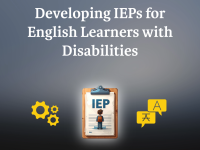

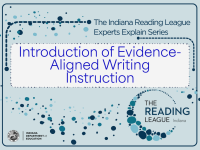




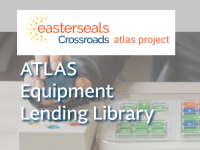
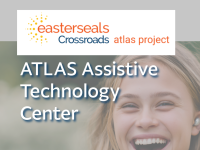

 Login with Google
Login with Google
 Login with IDOE | Identity
Login with IDOE | Identity